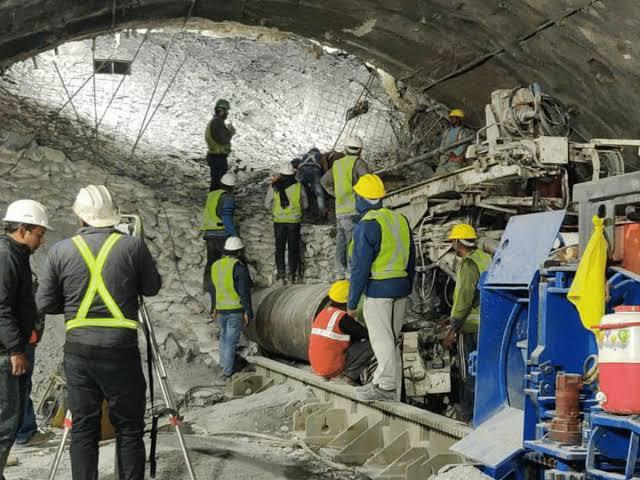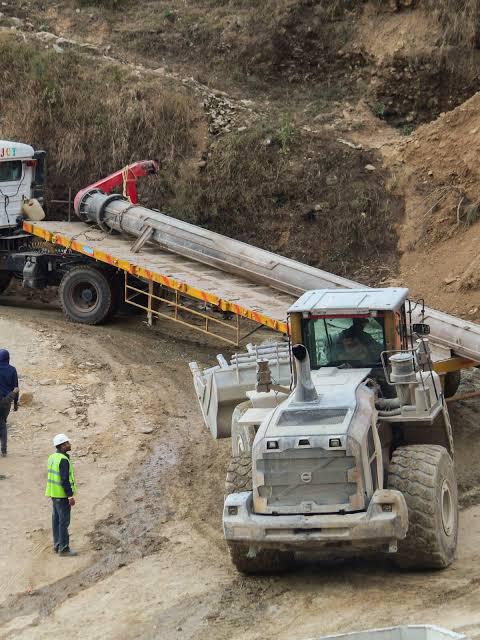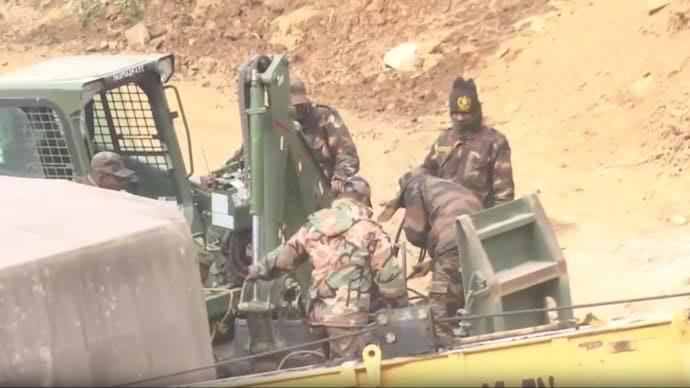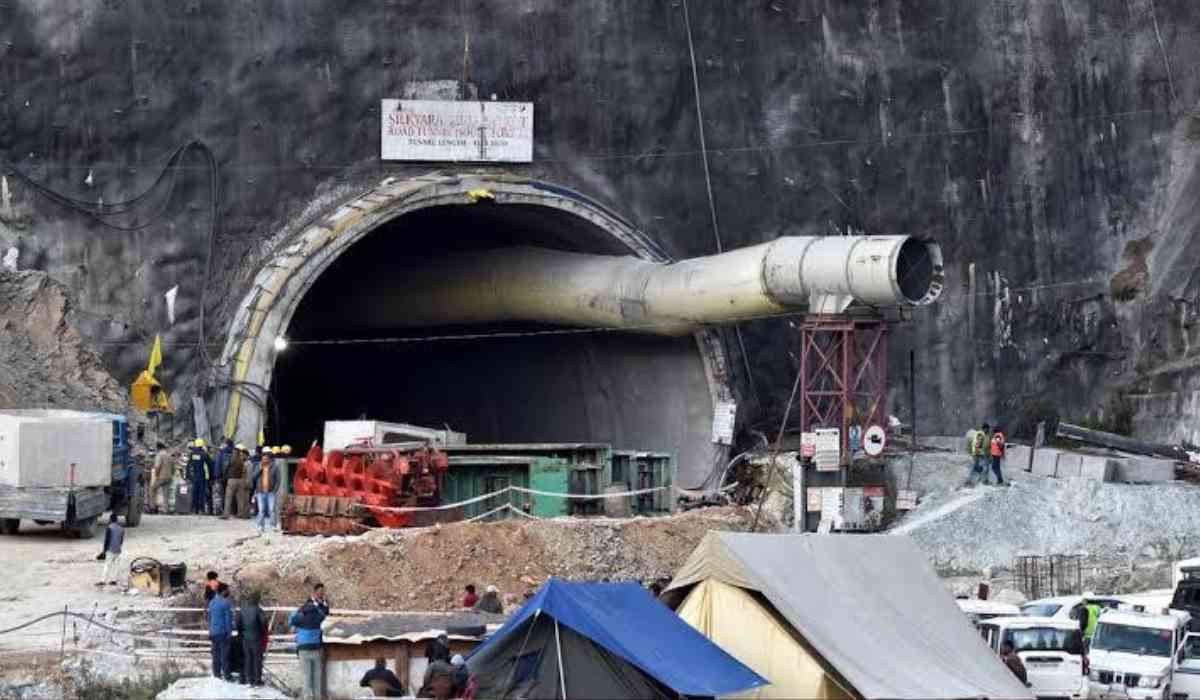For nearly two weeks of Rescue operation of workers trapped in the Silkyara tunnel in Uttarkashi, On Sunday, Vertical drilling at the Silkyara-Barkot tunnel was initiated by SJVN. The breakdown of the auger machine during horizontal drilling resulted in the shift to vertical drilling, the second best option but riskier process.
On the initial day of vertical drilling 700-mm wide pipes were being inserted to establish an escape passage, and a narrower 200-mm probe has reached the 70-metre mark. About 20 metres have been covered, more 86 metres of digging is required to reach the 41 workers trapped. The rescue teams aim to complete the vertical drilling within 100 hours by November 30, as long as there are no unexpected challenges.

The National Disaster Management Authority (NDMA) reported that six plans are being adopted in a synchronised manner. Along with Vertical drilling, drone cameras are actively monitoring the ongoing rescue operations.
National and international experts are on-site to provide guidance for the rescue operation, and continuous communication is maintained to boost the morale of those inside. NDMA. Lt Gen (retd) Syed Ata Hasnain warns that the operation could be lengthy. Arnold Dix, International tunnelling expert on site says the workers "by Christmas," just a month away. Dix assured on Sunday, stating categorically that there is no chance of further collapse in the incident area.
Chief Minister Pushkar Singh Dhami disclosed that a plasma cutting machine from Hyderabad, to remove auger machine blades was arranged through the National Disaster Response Force (NDRF), to hasten the cutting process and create an escape pass. He also visited the families of trapped workers to give updates about the Rescue operation.

Later, It was confirmed that the broken part of the auger machine, that was stuck in the 47-metre long segment on Thursday 23, has been successfully retrieved up to 34 metres.
Efforts of Multiple government agencies
NHIDCL's lifeline efforts involved regular inserting of freshly cooked food, fresh fruits, medicines, and salts into the tunnel through the 2nd lifeline (150 mm dia.) service. NHIDCL’s efforts at Horizontal Boring faced challenges like encountering a metallic object and a bent part of the forepole, causing vibrations.
THDC is building a rescue tunnel from the Barkot end, where fabrication work is ongoing, and controlled blasting is employed intermittently to advance the drift. RVNL is engaged in perpendicular-horizontal drilling, with on-site micro tunneling equipment and ongoing construction of the platform. BRO is contributing to the efforts by finalizing approach roads for vertical drilling by SJVN and RVNL. BRO is in the process of constructing roads for ONGC, with geological surveys conducted by ONGC. ONGC is also conducting vertical drilling (24 inches dia.) toward the Barkot end. They have positioned an air drilling rig and are equipped with machinery to facilitate the cutting of auger blades.
A contingent of Madras Sappers from the Indian Army has joined the rescue operations, collaborating with the Indian Army's engineer regiment. 30 personnel from the engineer regiment are dedicated to manual drilling, enhancing the pace of rescue operations. A joint team comprising THDC, Army, Coal India, and NHIDCL is actively engaged in creating a drift tunnel using manual-semi mechanized methods, with drift design finalized and fabrication in progress. The Indian Air Force has also joined the rescue efforts, with the critical equipment from DRDO airlifted to support the operation.

BSNL stepped in to provide a landline phone for trapped workers, facilitating communication with their families by setting up a small telephone exchange at the tunnel site. To alleviate stress during rescue hurdles, authorities provided mobile phones and board games to the 41 trapped workers. The games, including ludo and snakes and ladders, aim to help them cope.
Background
On November 12, 2023, a collapse occurred in the Silkyara to Barkot tunnel, trapping 41 laborers in a challenging 60-meter stretch on the Silkyara side. The State and Central Governments quickly mobilized resources, assigning specific responsibilities to five agencies for the ongoing rescue operation. The trapped laborers are in an 8.5 meters high, 2-kilometer-long built-up portion of the tunnel, ensuring safety with available electricity and water supply.
©️ Copyright 2023. All Rights Reserved Powered by Vygr Media.






















